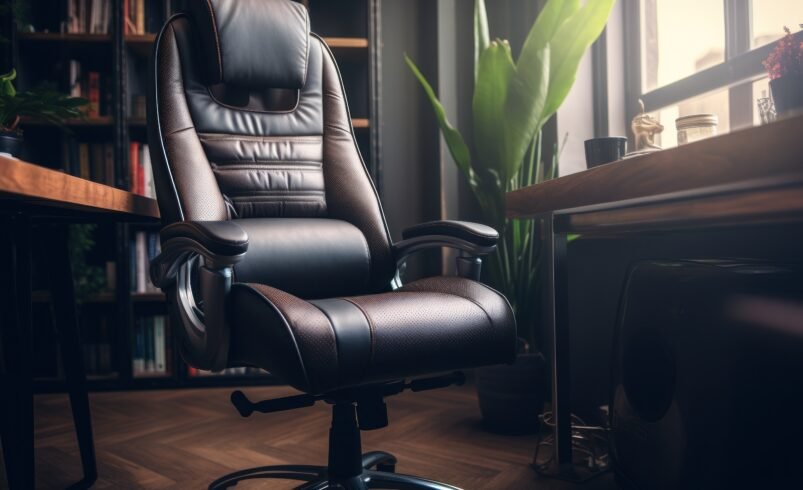Impacting Patient Recovery: The Importance of Medical Furniture

In the realm of healthcare, patient recovery hinges not only on medical treatments but also on the environment in which care is provided. An often-overlooked yet crucial aspect of this environment is medical furniture. From hospital beds to chairs to examination tables and everything in between, these furniture pieces play a pivotal role in enhancing patient comfort, supporting medical staff efficiency, and ultimately influencing the recovery process.
Patient Comfort
The patients’ comfort during their stay in medical facilities directly correlates with their overall well-being and recovery. For instance, hospital beds are designed not only for rest but for aiding in patient mobility and comfort too. They typically come with adjustable features which allow patients to find optimal positions for recovery and rehabilitation, reducing discomfort and promoting faster healing. Moreover, their ergonomic designs prevent pressure sores and other complications related to prolonged bed rest, thereby improving the quality of life for patients.
The comfort provided by examination tables and chairs is equally significant in outpatient settings. Patients visiting clinics or outpatient departments often experience anxiety or discomfort related to their medical condition. Comfortable seating and examination tables that accommodate different physical needs help alleviate stress and promote a positive patient experience. This, in turn, contributes to better patient compliance with treatments and follow-up care, which are essential for successful recovery.
Supporting Medical Staff Efficiency
Efficiency in healthcare delivery is another critical aspect brought about by furniture. Hospital beds equipped with integrated monitoring systems and easy-access controls enable medical staff to effectively monitor patient signs and provide prompt care effectively. This streamlined approach not only enhances staff productivity but also ensures timely interventions, which can be crucial in acute care situations.
Similarly, ergonomic examination tables and chairs facilitate smoother patient assessments and procedures. Adjustable height settings and accessibility features reduce strain on medical professionals, allowing them to focus more on patient care rather than physical discomfort. In busy clinical environments, such efficiencies contribute to reduced wait times and improved overall patient throughput, benefiting patients and healthcare providers alike.
Facilitating Rehabilitation and Recovery
Beyond immediate care, furniture plays a significant role in supporting rehabilitation and long-term recovery efforts. Specialized rehabilitation beds and therapy chairs are designed to assist patients in regaining mobility, strength, and independence. They are engineered with features such as tilting mechanisms, support rails, and assistive technologies that aid in physiotherapy and rehabilitation exercises. Such focused support enhances recovery outcomes and helps patients regain functionality more swiftly.
Furthermore, the furniture design can contribute to infection control measures within healthcare institutions. Materials that are easy to clean and sanitize reduce the risk of cross-contamination, supporting a safer environment for patients recovering from illness or surgery. Yes, infection prevention is crucial in minimizing complications that could prolong recovery times and increase healthcare costs.
Bottom Line
In conclusion, the impact of furniture on patient recovery cannot be overstated. Besides serving as functional pieces, these furnishings contribute significantly to patient comfort, staff efficiency, and overall healthcare outcomes. From enhancing comfort and facilitating rehabilitation to supporting infection control measures, well-designed medical beds and chairs are a cornerstone any modern healthcare facility. As medical practices evolve, so should the attention given to the role of Möbelmontage Wien in optimizing patient recovery experiences. By doing this, healthcare providers can create environments that foster healing and improve the overall quality of their services




